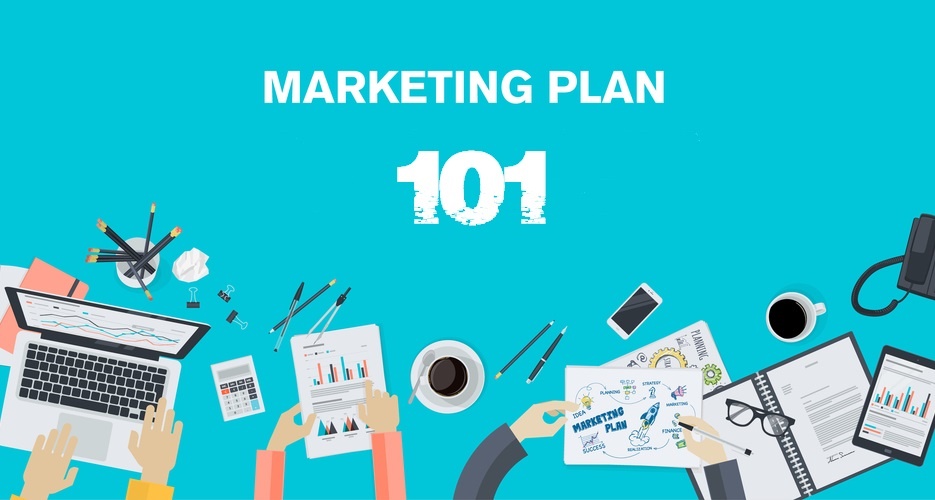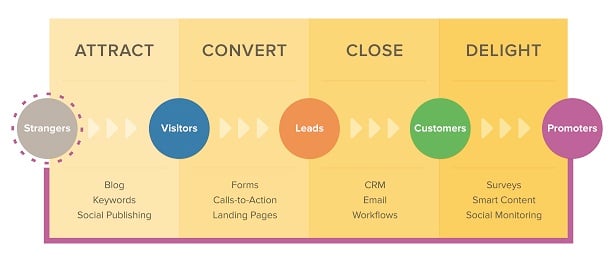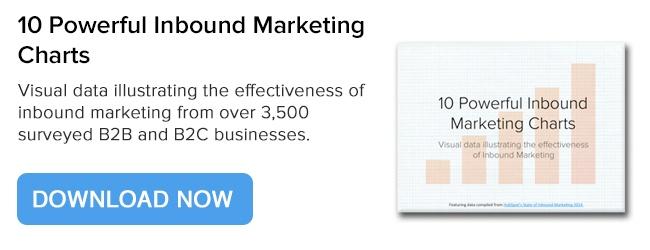Leveraging Social Media With Your Inbound Marketing
By Jaco Grobbelaar on Fri, Jul 14, 2017 @ 09:14 AM

Social media has almost eclipsed the Internet landscape with it's obvious popularity. This is good news for businesses utilizing an inbound marketing strategy.

As providers of inbound marketing services, we want to promote any tactic that can enhance and improve the efficacy of an inbound marketing strategy. The term “inbound marketing” was popularized by our friends at HubSpot and describes a statistically supported method of creating and sharing content that helps drive website traffic and create fans for your business.
This graphic is used by HubSpot to illustrate how inbound marketing works. Using content as a basis for its strategy, inbound marketing can “Attract, convert, close, and delight” visitors, leads, customers, and brand advocates.
[Graphic courtesy of HubSpot]
Is Content Marketing Different From Inbound Marketing?
As with almost anything in marketing there are differing opinions on this. However, for the sake of clarity and simplicity, we will designate "content marketing" as the core component and driver for the larger approach of "inbound marketing".
In other words, we could better say that "content creation" as the practice of creating and publishing content for the purpose of attracting visitors to your website, store, etc. is what some folks refer to as "content marketing."
Inbound marketing shares pretty much the same objective, and uses content marketing practices to achieve that along with a variety of other tactics.
Wikipedia, as it turns out, offers a succinct take on this question, as well:
"Inbound marketing is a technique for drawing customers to products and services via content marketing, social media marketing and search engine optimization."
The bottom line is that without a comprehensive and effective content creation strategy in place, your inbound efforts are not going to fare very well. Or go very far.
Using Social Media as Distribution Channels for Inbound Marketing
Social media networking platforms such as Facebook, LinkedIn, Twitter, Instagram, Snapchat and Pinterest provide a wealth of opportunities for the inbound marketer. Aside from being "free" distribution channels for brands, the potential reach with the right platforms can mean a much wider audience for your content.
Here are a few key reasons for fully leveraging your social media accounts into your overall inbound marketing strategy:
1. Enhanced Content Promotion
Pretty much everyone understands the power of exponential increase when it comes to social media sharing. For example, if you read a tweet on Twitter that you particularly like you can express that with a "Like" or you can Reply or Retweet. Any of the actions will then post that person's tweet onto your Twitter feed for everyone who follows you on Twitter.
In a similar fashion, this can occur on Facebook, LinkedIn and any number of other social media platforms. If one person shares your content and they have 1,000 followers, friends or connections, and each of those have 1,000 as well - your one post could be seen, and possibly shared, by as many as 1,000,000 viewers if everyone of those first 1,000 did so.
2. Expand Your Target Audience Insights
Like other platforms such as PPC and ecommerce venues, social media allows for a vast amount of user data that can be mined for developing a better understanding of your audience. There are a number of social media analytics tools that you can use learn the demographic and geographic breakdown of your audience.
Among these are Buffer, Hootsuite, BuzzSumo and good old Google Analytics. By making use of one or more of these tools you can gain ongoing insight into the types of content your audience engages in most often. The other benefit is that you can use this information to feed your own content creation needs.
2. Boost Your SEO Rankings
Piggy-backing off of Number Two, this enhanced understanding of your audience will also allow you to create content that is optimized for search engine, because Google rewards content creators who create relevant content that matches their audience’s search queries.
Beyond your business blog and few Google reviews, social media also opens the doors to multiple opportunities for audience interaction in the form of comments, likes, shares, and reviews. These little gems, scattered across the Internet cyberscape, are priceless. And they can add up to a great deal of authority in the eyes of Google and other search engines.
Content Marketing Can Work for Your Business
As noted earlier, content marketing can be viewed as the foundation and backbone of an effective inbound marketing strategy. High-quality, relevant, and consistent content is one of the main keys to attracting and winning prospects and customers.
This content can take the form of blog posts, ebooks or white papers, video, email, slide decks, webinars, and even the pages on your website.
However, the challenge for most business owners is in having to create and publish this never-ending need for fresh content. Then there is the additional challenge of determining how best to distribute and use that content to carry out real marketing strategy. What is an owner to do?
While it is possible for a business owner or marketing manager to generate all of their own content, develop an inbound marketing plan, and implement it all by themselves, it's not feasible. The reality is that it takes time and it takes a variety of skills and knowledge that most business owners don't have, or don't have the time to acquire.
One of the best solutions for this challenge is to hire a local inbound marketing agency to manage and execute your Internet marketing for you. Because the plan can be custom fit to your business size and your particular needs, the cost to you for outsourcing can be comfortably affordable.
Get your Free Complimentary Inbound Marketing Session to help you make an informed decision or call BroadVision Marketing at 707-799-1238. And take a moment to download this informative resource entitled"10 Powerful Inbound Marketing Charts" to support your own marketing efforts!
You May Also Like
These Related Stories

Content Marketing Works: The Numbers Don't Lie

Your Content Marketing Strategy Needs A Plan. Seriously.

.png?width=302&height=75&name=BVM%20Logo%20-%20transparent%20(1).png)




No Comments Yet
Let us know what you think